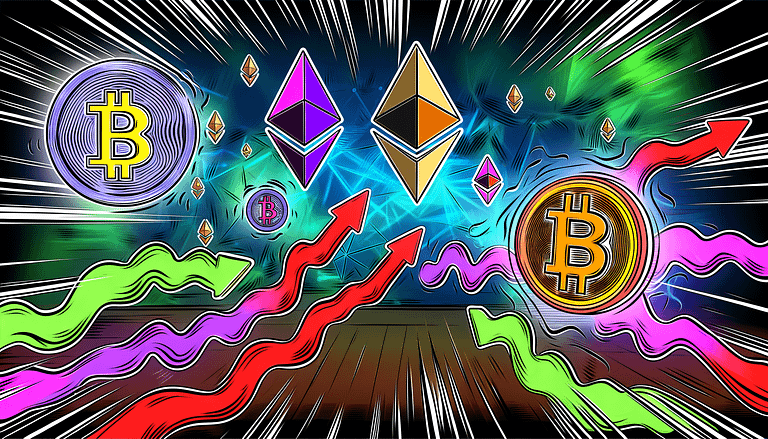Tron Launches Gasless Stablecoin Transactions to Boost Adoption
In A Nutshell
Justin Sun, the founder of Tron, is spearheading a groundbreaking initiative to enable free stablecoin transfers on the Tron blockchain. This development, aimed at fostering widespread adoption and enhancing cost efficiency, proposes a gasless transaction mechanism where the fees are covered by the stablecoins themselves. This initiative comes at a crucial juncture, especially following Circle’s decision to halt its USDC coin on the Tron network, marking a pivotal shift towards prioritizing stablecoin transactions within the Tron ecosystem.
Revolutionizing Transactions on Tron
The proposed solution by Justin Sun seeks to eliminate the need for gas tokens in stablecoin transactions, thereby removing a significant barrier to blockchain adoption due to high transaction costs. Sun explains that the fees will be entirely borne by the stablecoins, setting the stage for a more accessible and efficient transaction process. Initially, this feature will be exclusive to the Tron blockchain, with plans to expand to Ethereum and other EVM-compatible chains.
Stablecoin Dominance on Tron
Tron’s commitment to stablecoins is evident from its performance metrics, with a reported peak circulating supply of $60 billion in stablecoins and an all-time high in the number of stablecoin-addresses, surpassing even that of the Binance Smart Chain (BSC). Visa’s on-chain analytics provide further insight into this trend, showcasing Tron’s balanced distribution of transactions across different value ranges, which contrasts with BSC’s dominance in lower-value transactions.
The Future of Stablecoins
Looking ahead, the anticipated launch of Tron’s gasless transactions in Q4 reflects a significant milestone in the blockchain’s journey towards mainstream adoption. This initiative not only aims to reduce transaction costs but also to democratize access to blockchain technology. Additionally, the stablecoin market is expected to grow exponentially, with Circle CEO Jeremy Allaire predicting stablecoins to become a major part of the electronic money ecosystem by 2025. Despite a recent dip in transaction volumes for major stablecoins like USDC and USDT, the long-term outlook remains bullish.
Our Take
Justin Sun’s push for gasless stablecoin transactions on the Tron blockchain heralds a new era in the quest for blockchain scalability and efficiency. By removing the cost barrier associated with transactions, this initiative could significantly accelerate the adoption of blockchain technology across various sectors. Furthermore, the emphasis on stablecoins underscores their growing importance in the digital economy, suggesting a strategic pivot towards creating a more inclusive and efficient financial ecosystem. As the Tron network adapts to these changes, the broader implications for the blockchain and fintech industries could be profound, potentially setting new standards for transaction efficiency and accessibility.
While the immediate impact of this development will be closely watched, the broader vision of facilitating cost-free transactions promises to enhance the utility and appeal of blockchain technology, making it more accessible to a global audience. As we monitor Tron’s progress in implementing this initiative, the potential for significant shifts in the dynamics of the blockchain and stablecoin markets cannot be underestimated.







